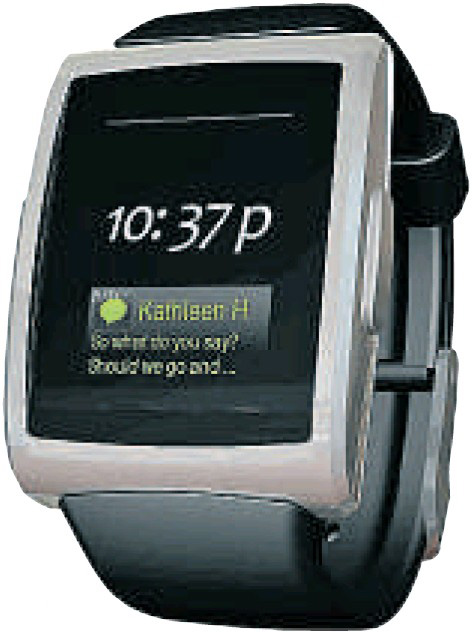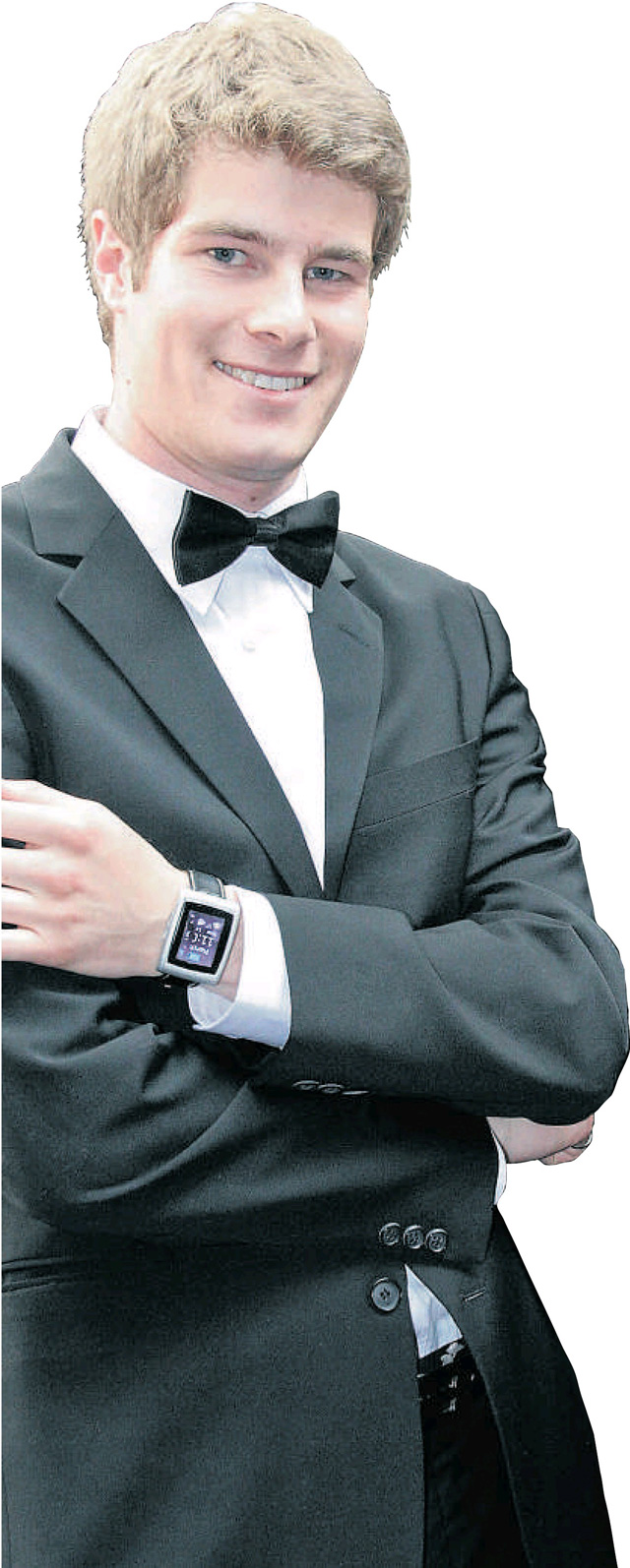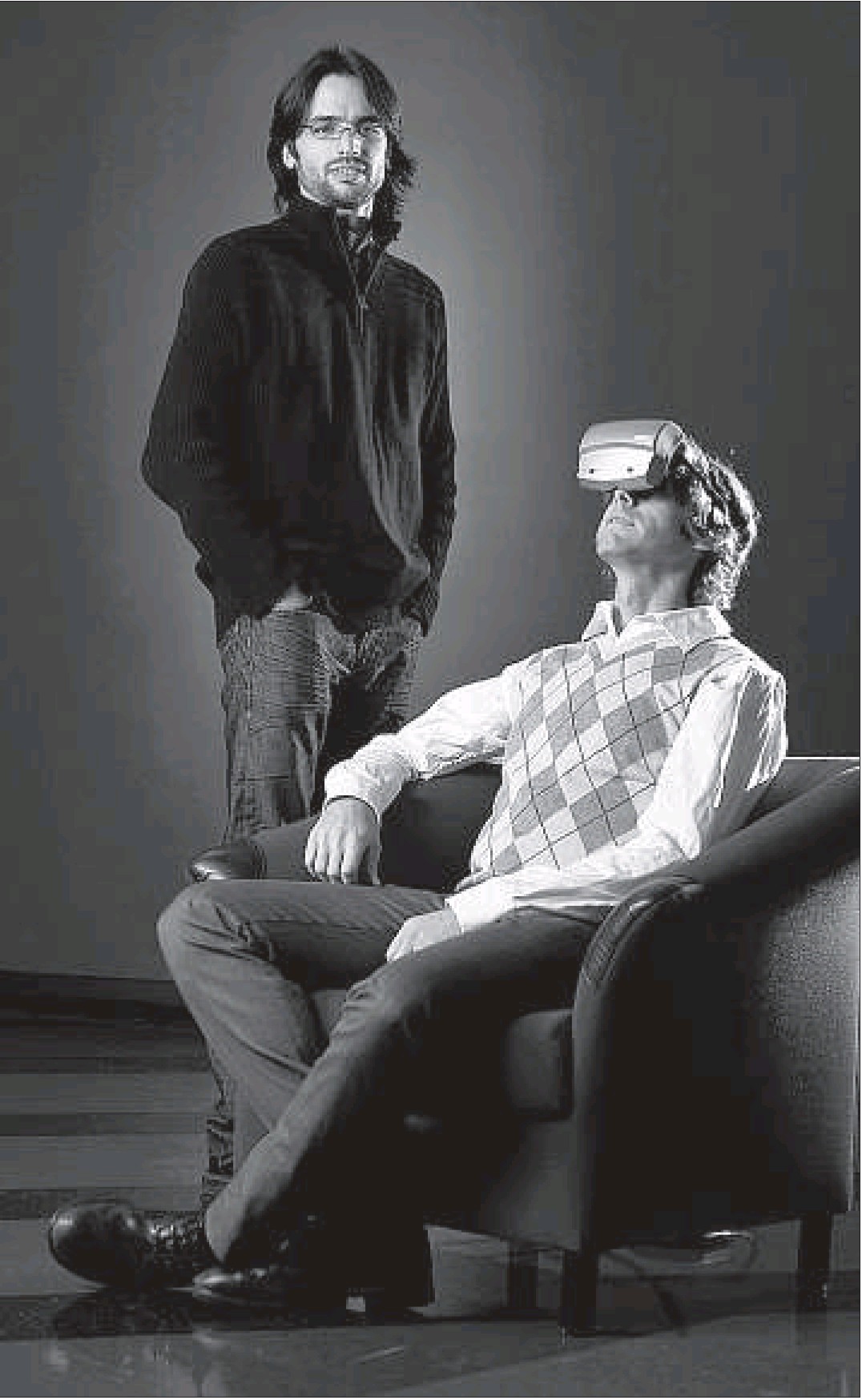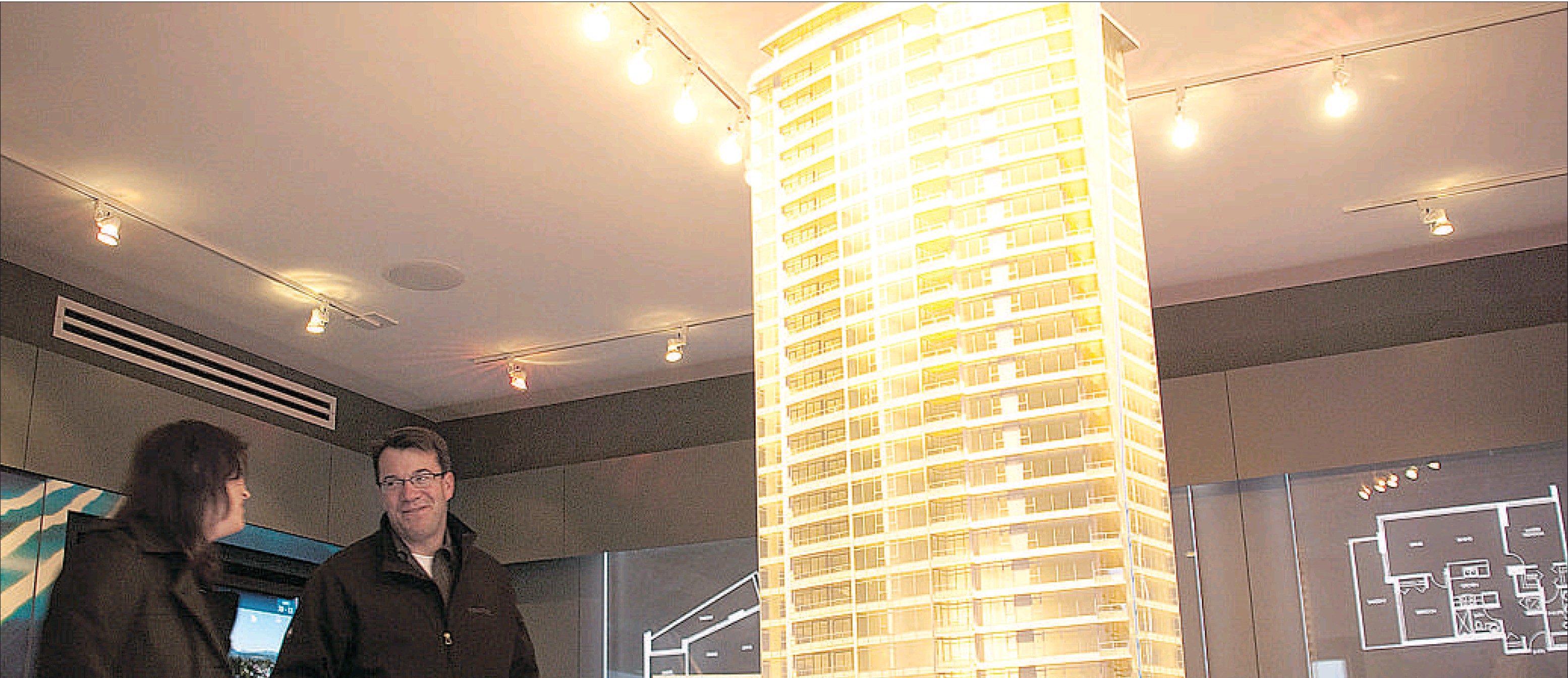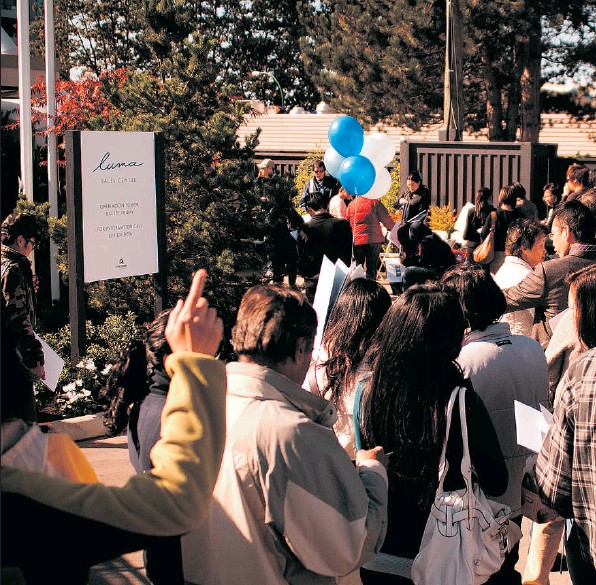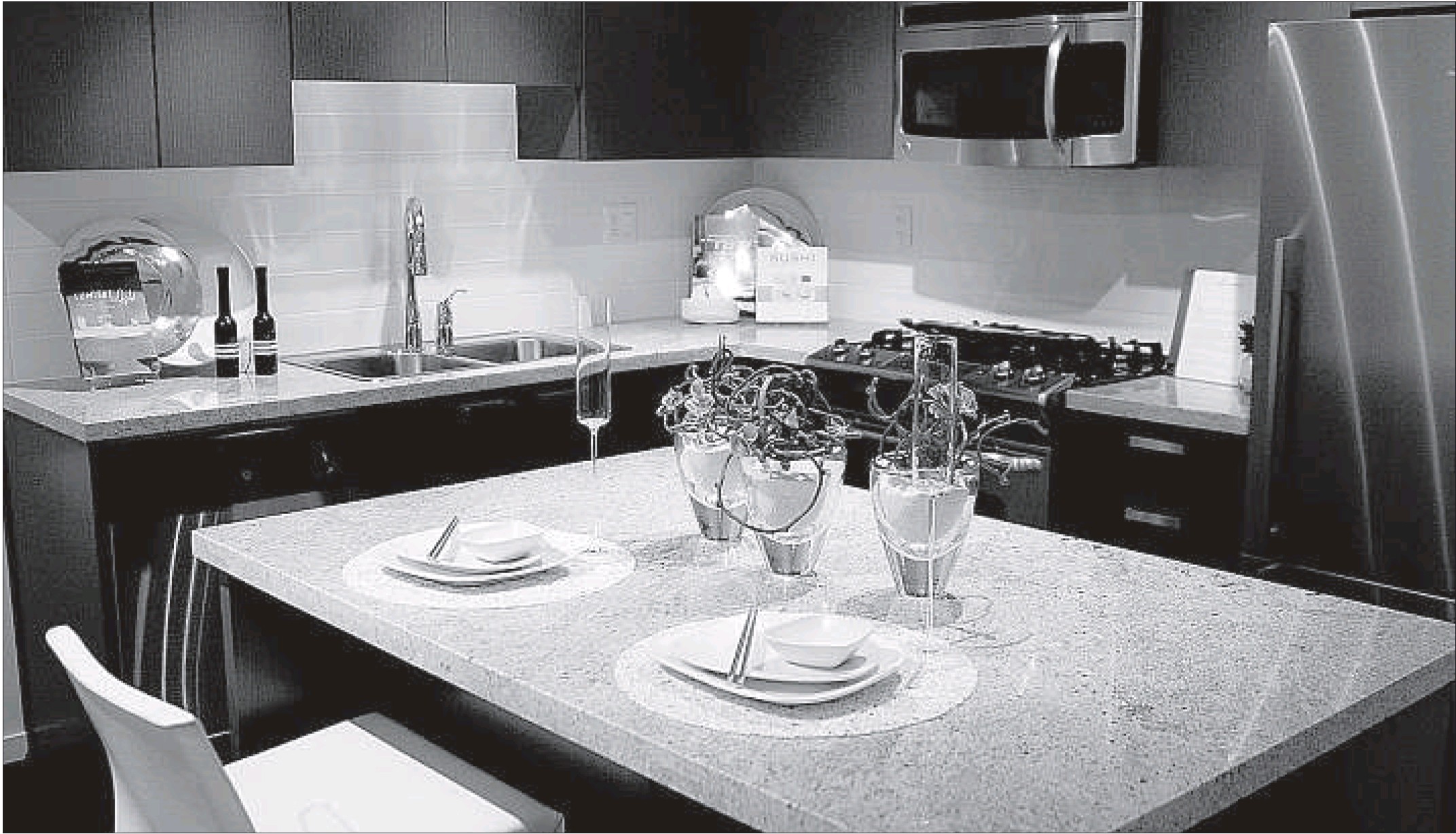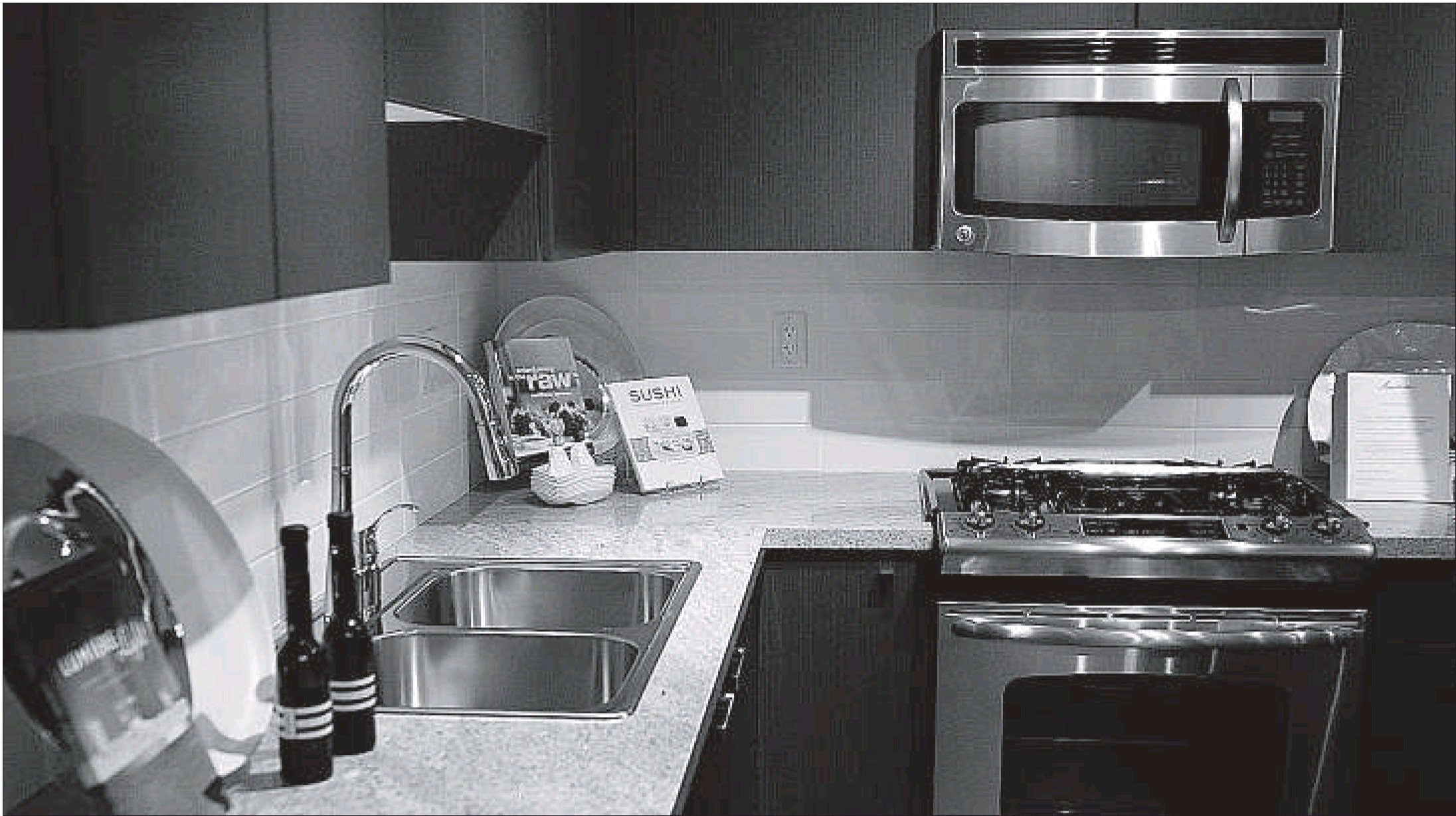Celebrities with millions of followers can command five-figure fees for posting an ad pitch
Gillian Shaw
Sun

John Chow and daughter Sally, age 3. Chow says his Twitter blog makes about $40,000 a month. Photograph by: Glenn Baglo, Vancouver Sun
John Chow’s part-time blogging pastime has become a $40,000-a-month revenue generator, and now he has turned his attention to Twitter where he is earning almost $120 a pop for posting paid tweets.
While the $2,600 he has racked up since he started about a month ago may seem like lucrative pickings for the 140-character tweets, Chow is only a small player in a growing online business where celebrity Twitter users can rake in upwards of $20,000 per tweet.
All it takes is endorsing a company, product or service in a tweet, or simply letting an advertiser deliver a prepared pitch to their Twitter followers.
“I’ve made more than $2,500 this month, and my blog is making $40,000 a month,” said Chow, whose describes his work as “making money online by telling people how to make money online.”
“I expect the sponsored [paid] tweets will probably climb to $6,000 next month. My sponsored tweets are going for close to $120, and I’ve done 22 tweets already this month,” said Chow, who has signed up with two companies, Sponsored Tweets and ad.ly to earn revenue from his Twitter posts.
Companies like Sponsored Tweets and ad.ly are signing up Twitter users — including celebrity tweeps with followers that number in the millions — with the amount advertisers are willing to pay directly linked to their Twitter popularity and influence.
TV star Kendra Wilkinson, on the cover of In Touch magazine this week showing off her very pregnant belly, is listed on Sponsored Tweets with a fee of $11,765 to reach her almost 393,000 Twitter followers.
Reality TV star Kim Kardashian has more than 2.5 million followers, and you have to be an advertiser to check out her fees with ad.ly. But Sean Rad, founder and chief executive, said celebrities with Twitter followers in the millions can command paid tweets in the five-figure range.
“We let them set their own price,” he said. “It’s a market price and people probably play with those numbers all the time, moving them up and down.”
Rad said the paid tweets, which his company limits to no more than one a day per Twitter publisher — the name given to Twitter users who post tweets for money — can range from $1 a tweet to the low five figures.
“You’d get $20,000 once in a blue moon. You do see $11,000 a tweet — it depends on the person and on the following,” said Rad. “Five figures is actually very common in our system, but four figures is more common.”
Rad said his company limits the number of paid tweets to avoid having them regarded as spam. And so far, about one month into its launch, the service hasn’t generated a lot of negative reaction.
“We’re about in-stream advertising, connecting top tier-publishers with top-tier advertisers,” he said. “Most of our ads get retweeted many, many times.”
For Chow, it’s just a new sideline to his already lucrative online earnings.
With a monthly income heading north of $40,000 and recently settled with his wife Sarah Hu and three-year-old daughter Sally (who has her own Twitter account) in a West Vancouver house with a panoramic view of Vancouver, Chow’s lifestyle is far removed from the Downtown Eastside house where he moved with his family from China when he was seven years old.
It was through a self-taught website for a printing business that Chow first started making money online. At first, he was just sharing his experience in overclocking — taking a computer and making it run faster than it was designed to.
That was in pre-Google days, and it caught the attention of a company that was pulling together content from various sites to sell ads.
His first cheque was for $427. The next month that climbed to $2,700, and by the time of the dot-com bust — not long after Chow had refused a $1.6-million offer for his site — he was pulling in $20,000 a month.
The bust put an end to that.
“My income went to $1,500 a month,” he said.
He survived to be online when Google launched AdSense, a service that offers access to Google’s network of advertisers for ads tailored to websites.
“Gradually the income started going back up again,” said Chow. “With Google’s launch of AdSense, the entire advertising market seemed to be revived.”
It was around 2005 that Chow started taking an interest in blogging and he launched a personal blog, using a free WordPress theme.
“I thought I should just use it to update my friends and family, and I described it as the miscellaneous ramblings of a dot-com mogul,” he said.
He said readers started asking how they could make money from their blogs and he gave advice — until a few started e-mailing to ask why he wasn’t making money from his own blog.
“In September 2006 it became a monetized blog,” he said. “My goal was to create a full-time income with part-time work — two or three blog posts a day. The first month it made $325 US, the second month $1,500. It hit its goal in four months.
“Then I decided, let’s pull out all the stops and see what would happen if I do everything possible to monetize this site using every available method and still maintaining a schedule of two hours a day.
“My blog now makes about $40,000 a month.”
© Copyright (c) The Vancouver Sun





